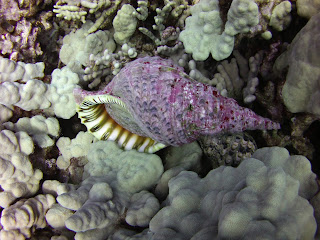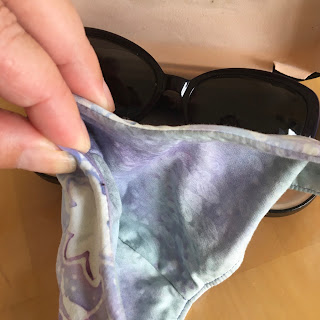What is a Honu?
By Dominic S. Romer
Dive Master with Kohala Divers
You’ll see postcards and tee shirts, mugs and candy bars, signage and
paintings all over the islands...the honu is one of the predominant symbols
of Hawaii.
Honu Stuffed animal in Kohala Divers hoody
A honu is a Green Sea Turtle and this species ( Chelonia mydas ) is the
most common turtle you will see when you visit us in Hawaii. They have
come to symbolize endurance, long life & good luck.
Sea turtles are protected by law and so, remember to not harass or bother
any turtles that you are lucky enough to observe, either in the water or on
land.
Hawaii is one of the few populated places (especially the Kona - Kohala
coast of the Big Island) where these turtles like to bask on the beaches and
so, you will often see several turtles sunning themselves along the
shoreline.
The adults are herbivores that live on seagrass and algae (limu) and you
can often find them resting underwater, on ledges or in caves. While they
are reptiles and need to breathe air just like us, they can “sleep”
underwater for up to 2 hours without surfacing! If you do spook one by
accident, you’ll see them shoot away at up to 20mph!
Most of the nesting beaches for these turtles are in the Northwestern
Hawaiian islands, away from the main centers of population. As with other
types of marine turtles, the females will come onto land to lay their eggs (up
to 100 at a time) in a deep pit which they will dig under the cover of
darkness. About 2 months later, the juveniles will dig their way out & make
their way to the sea, living primarily (as omnivores) on jellyfish for the first
few years of their lives.
These turtles can reach a weight of 300-400 lbs and a length of 3-4ft..
While they can have some algae on their shells (carapace) giving them a
greenish hue, these turtles actually get their name from the green color of
their fat. While we are still learning much about the honu lifecycle, it’s
believed they can live to be over 100 years old (and they take 20-50 years
to reach sexual maturity).
Threats to these turtles include their natural predators tiger sharks but, they
are suffering from more modern problems these days such as loss of
secluded beaches for nesting (due to coastal development) and ingestion
of plastics (how easily a discarded plastic bag or deflated balloon could
appear like food to a hungry young honu, scouring the open ocean for
jellyfish). Our oceans are also full of fishing gear, a major risk to turtles who
can drown in nets. Some honu are suffering from a herpes type disease
(fibropapillomatosis) which causes tumors to grow on their bodies.
Scientists are trying to find out what causes this disease - which can impact
the foraging & digestive abilities of the honu - but it’s thought to have
something to do with the overall degradation of their marine habitat.
Other turtles that can be observed in Hawaii include the Hawksbill and less
frequently seen leatherback, olive ridley and loggerhead turtles.
The honu of the Big Island look forward to making your acquaintance!
Book a snorkel or dive trip with Kohala Divers to go to areas where Hawaiian Green Sea turtles are often encountered! Book Now!



















